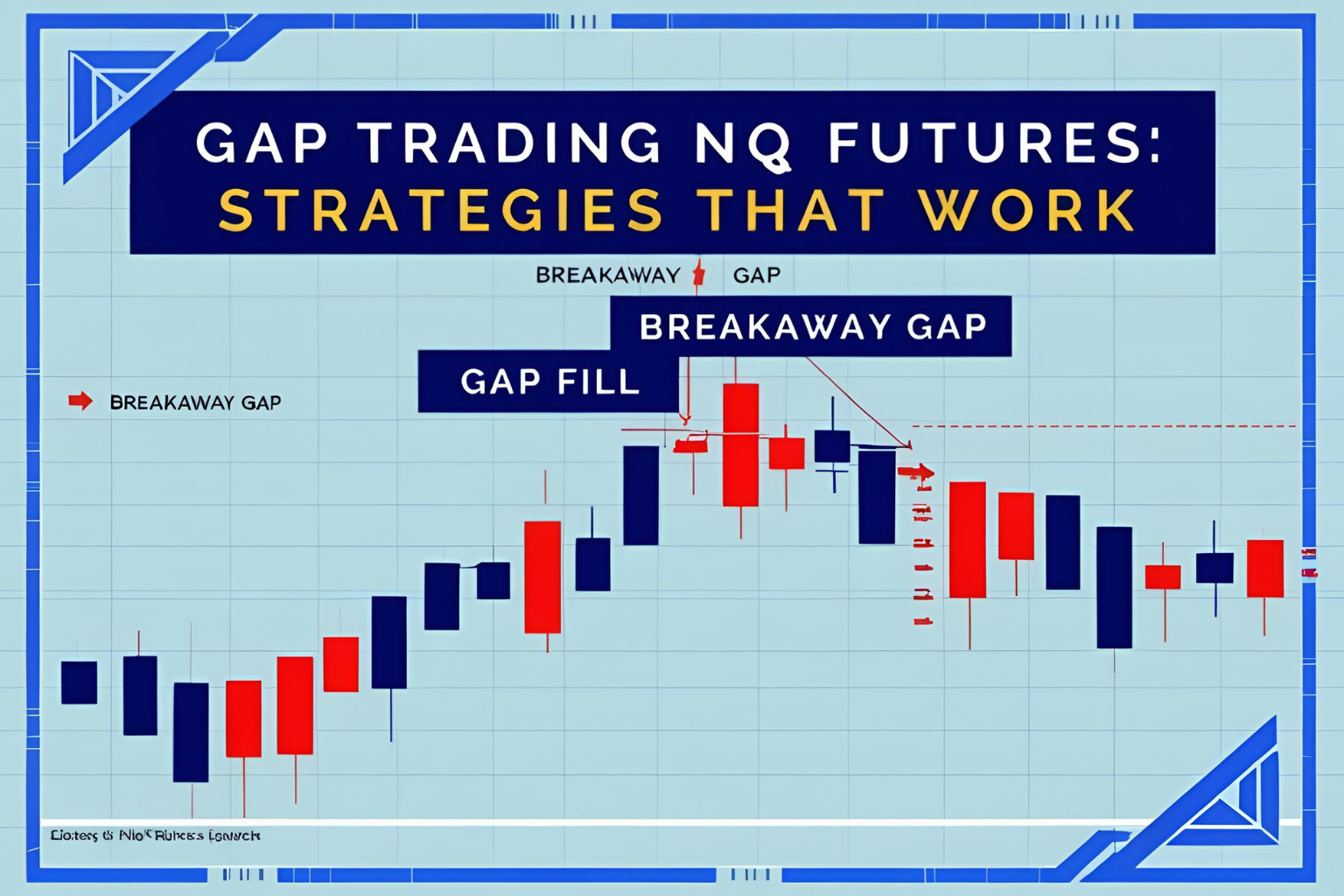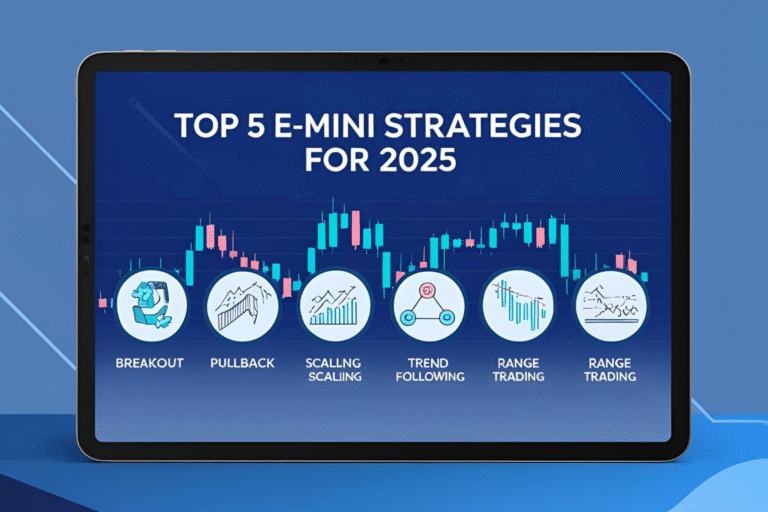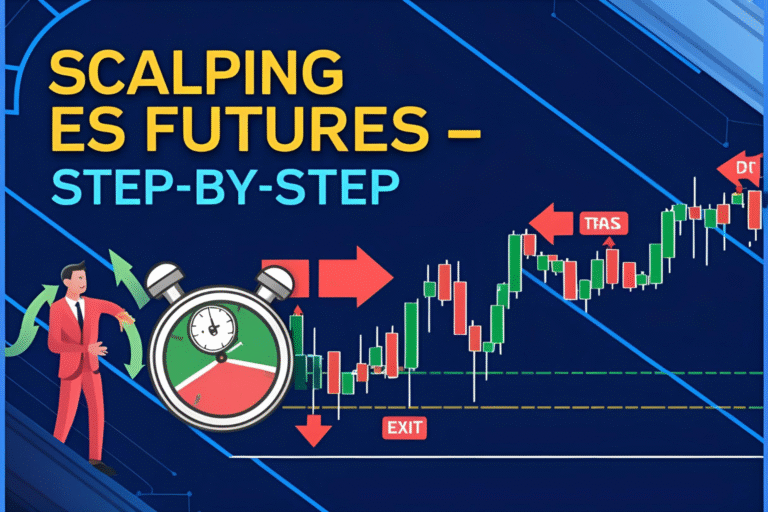Gap Trading E-mini Nasdaq 100 Futures: Strategies That Work
Gap trading is a powerful short-term technique that works exceptionally well in highly liquid and volatile markets like the E-mini Nasdaq 100 (NQ) futures. Gaps occur when there’s a difference between the previous session’s close and the current session’s open. These price gaps often act as magnets for price action—offering actionable trading opportunities for informed traders.
In this guide, you’ll learn how to identify and trade gaps in the NQ futures market using time-tested methods.
What Is a Gap in Futures Trading?
A gap forms when the market opens significantly higher or lower than the previous session’s close. This can be due to:
- After-hours earnings releases
- Overnight economic data (foreign markets)
- Breaking news events
- Sentiment shifts (interest rates, geopolitical headlines)
In the E-mini Nasdaq 100 market, gaps are particularly common and often get filled—meaning price returns to the previous close.
Types of Gaps in E-mini Nasdaq 100
- Common Gaps: Small gaps during quiet sessions; often filled quickly.
- Breakaway Gaps: Form at the start of a new trend; less likely to fill immediately.
- Runaway Gaps: Occur in the middle of strong trends; signal trend continuation.
- Exhaustion Gaps: Happen near the end of trends; often reverse quickly.
For intraday NQ traders, common gaps and exhaustion gaps are the most tradable.
Proven Gap Trading Strategies
Strategy 1: Gap Fill to Prior Close
Goal: Trade the reversal to fill the gap.
- Identify gap between prior close and today’s open
- Wait for confirmation of reversal (candlestick pattern, rejection wick)
- Enter in the direction of the gap fill
- Place stop beyond the session high/low
Example: NQ opens 70 points below the previous close, forms a bullish reversal, and starts moving up. You enter long, targeting the prior close as your exit.
Strategy 2: Gap and Go
Goal: Trade with the direction of the gap when momentum supports continuation.
- Gap occurs alongside strong volume and trend confirmation
- Use opening range breakout (ORB) to trigger entry
- Target extension levels beyond the gap
Tip: Confirm with VWAP and pre-market volume support.
Entry Checklist
- Gap size: Ideal between 0.5% and 1.5% for high-probability fills
- News filter: Avoid trading gaps after high-impact reports without confirmation
- Session timing: Best trades occur between 9:30 AM – 10:30 AM ET
- Confirm bias with volume and price action on the 1–5 minute chart
Risk Management for Gap Trading
- Always use hard stop-loss orders
- Limit risk to 1% of account per trade
- Avoid trading gaps wider than 2% unless trend is very clear
- Don’t trade every gap—wait for confirmation, not assumption
Common Mistakes to Avoid
- Entering too early without confirmation
- Ignoring larger time frame trends
- Trading news-driven gaps blindly
- Failing to size positions based on volatility
FAQs
Do all gaps in NQ get filled?
No. Many do, but strong trend or news-related gaps can remain open for days.
What’s the best time to trade NQ gap setups?
Right after the U.S. market opens (9:30 AM ET) and during the first hour.
Can I use this strategy on Micro E-mini Nasdaq (MNQ)?
Yes. MNQ follows the same structure and is ideal for smaller accounts.
Is gap trading suitable for beginners?
Yes, if you use proper risk control and focus on clean setups. Start with demo practice.
What indicators help with gap trades?
VWAP, volume, and simple candlestick patterns are enough. Avoid overcomplicating.



